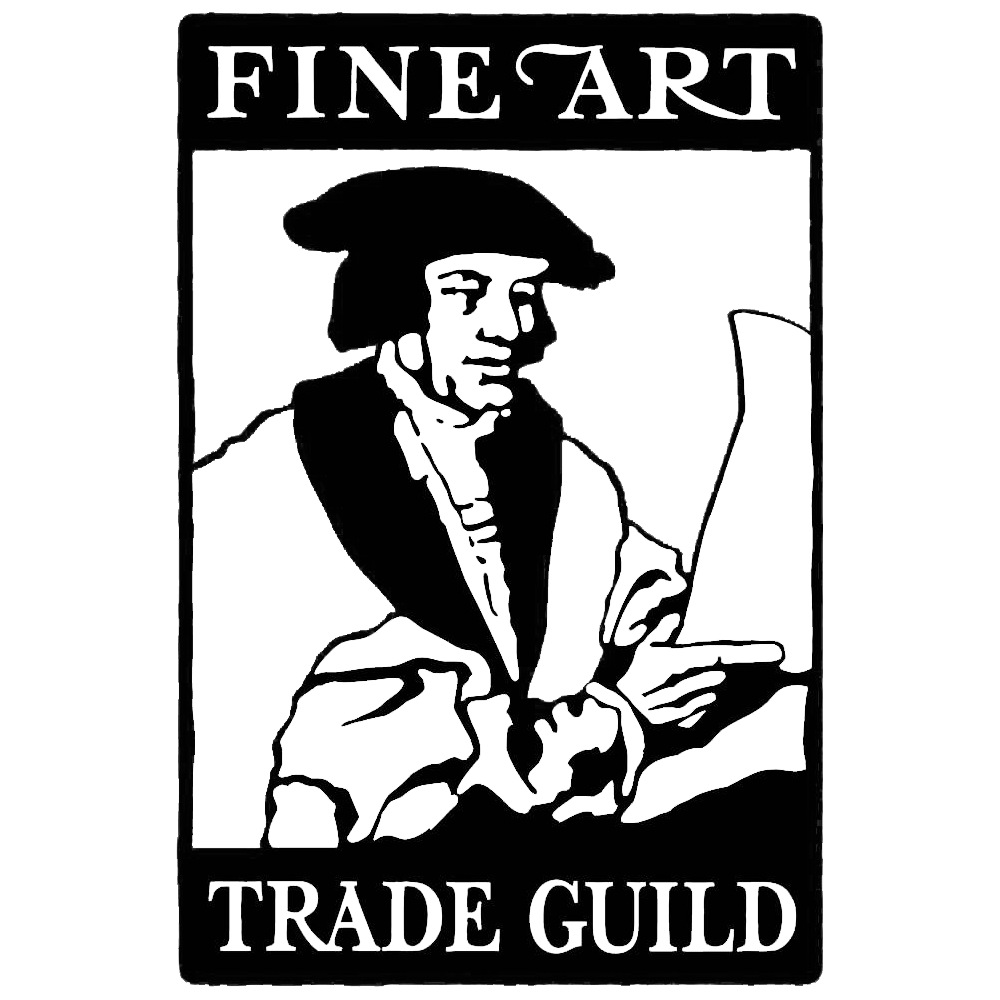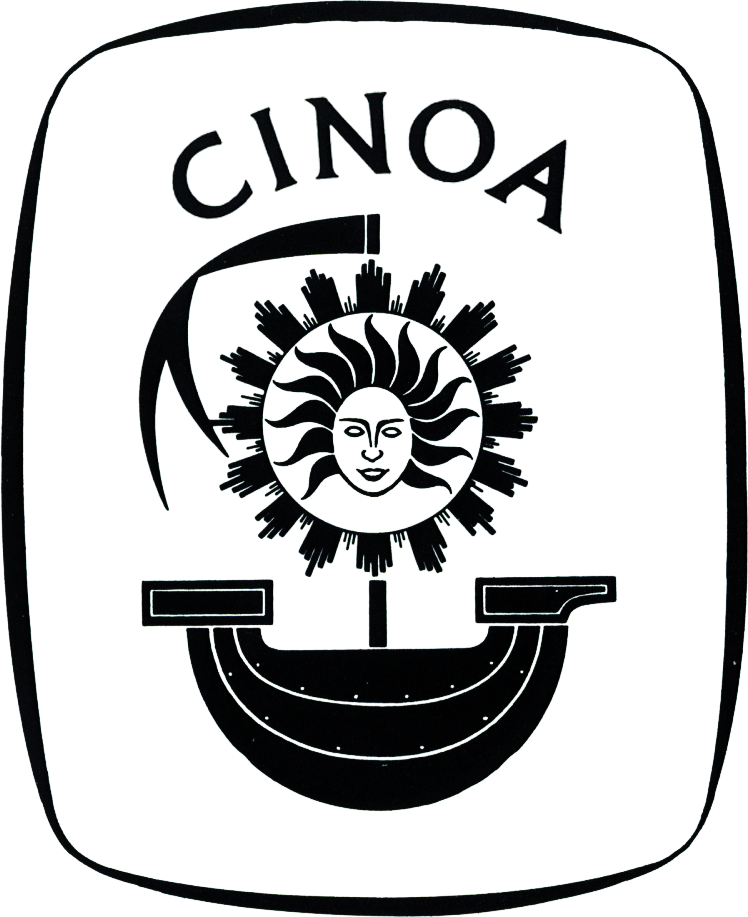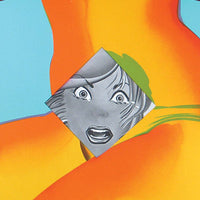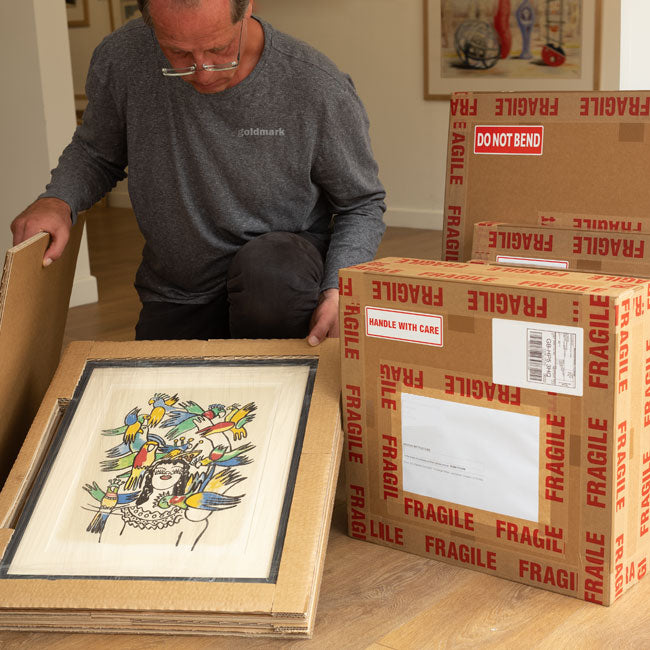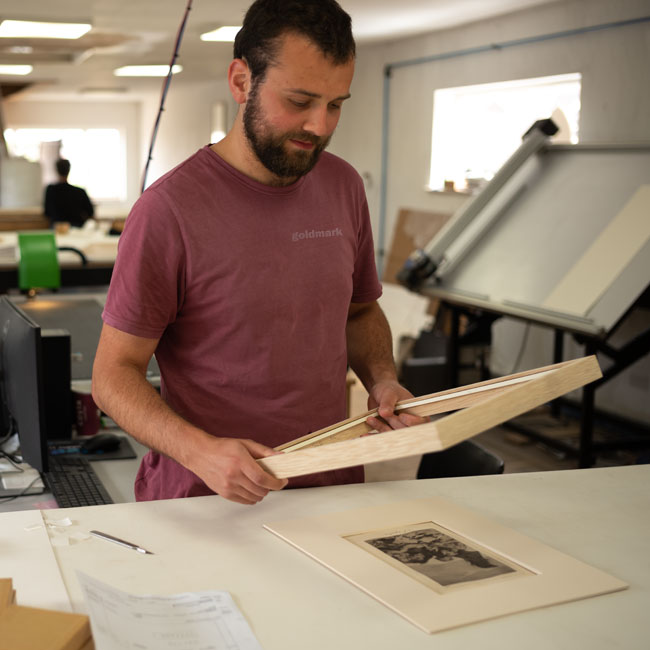
Labyrinth ‘Caerdroia', 1973
By Joe Tilson
Interested in this item?
Start a conversation
This is an original artwork
held in stock at goldmark
Need it in a hurry?
Get in touch
Not completely delighted?
30 day free returns
Artist Information
About the Work
Dimensions & Details
Goldmark.tv
Delivery & Returns
Artist Information
Artist Information
Stay up to date with this artist

Stay up to date with this artist
Joe Tilson was born in 1928 in London. He initially began work as a carpenter and cabinetmaker before joining the Royal Air Force until 1949. He then studied at St. Martin’s School of Art and at the Royal College of Art, London where he received the Rome Prize – an award which sent him to Italy for a year in 1955.
A particular motif Tilson returned to again and again throughout the 60s was that of grids, both as a formal device and a symbolic way of relating objects to one another. The resulting squares were often set apart from each other by their vibrant colours and the imagery they contained. Tilson is a Royal Academician and his artistic career was celebrated at the Royal Academy in a retrospective exhibition in 2002.
A particular motif Tilson returned to again and again throughout the 60s was that of grids, both as a formal device and a symbolic way of relating objects to one another. The resulting squares were often set apart from each other by their vibrant colours and the imagery they contained. Tilson is a Royal Academician and his artistic career was celebrated at the Royal Academy in a retrospective exhibition in 2002.
Related Categories
About the work

About the Work
Signed verso, oil on Elm wood.
Measuring almost 7 ft high, this is a major Tilson original, with provenance from Marlborough and exhibited at the Museum Boymans-van Beuningen, Rotterdam, Joe Tilson, November 1973 - January 1974, no. 87. Branded verso 'TILSON'.
In the early 1970s, Joe Tilson left the urban environment of London for the stillness of Wiltshire. At the same time, he turned his artistic attention to the construction of large wooden Cretan labyrinths, of which this is one of the earliest examples. A trained carpenter, Tilson was also fascinated by the symbolism of ancient cultures, especially the Ancient Greeks. In the labyrinth, he found both a rich conflation of mythological resonances and a vigorous formal design.
Caerdroia is the Welsh word for Troy, which by a linguistic parallel – ‘troeau’ translates as ‘bends’ – was known as the ‘Castle of Turns’. Historically, Welsh shepherds were said to have created their own ‘caerdroia’, sevenfold mazes that were associated with sacred dances and ceremonial feasts. Tilson’s maze mimics these medieval turf versions, whose paths were delineated by raised earth rather than surrounded on either side by walls. The effect, along with Tilson’s painted arrows that lead the eye from centre to entrance, is to reiterate the paradox at the heart of the labyrinth, to which, as Michael Compton describes, there is a single, inevitable solution: ‘To follow the maze is always to arrive at the end which is already in view, but to take a rhythmically wandering path. It is a ritual picture of a journey or pilgrimage.’
Measuring almost 7 ft high, this is a major Tilson original, with provenance from Marlborough and exhibited at the Museum Boymans-van Beuningen, Rotterdam, Joe Tilson, November 1973 - January 1974, no. 87. Branded verso 'TILSON'.
In the early 1970s, Joe Tilson left the urban environment of London for the stillness of Wiltshire. At the same time, he turned his artistic attention to the construction of large wooden Cretan labyrinths, of which this is one of the earliest examples. A trained carpenter, Tilson was also fascinated by the symbolism of ancient cultures, especially the Ancient Greeks. In the labyrinth, he found both a rich conflation of mythological resonances and a vigorous formal design.
Caerdroia is the Welsh word for Troy, which by a linguistic parallel – ‘troeau’ translates as ‘bends’ – was known as the ‘Castle of Turns’. Historically, Welsh shepherds were said to have created their own ‘caerdroia’, sevenfold mazes that were associated with sacred dances and ceremonial feasts. Tilson’s maze mimics these medieval turf versions, whose paths were delineated by raised earth rather than surrounded on either side by walls. The effect, along with Tilson’s painted arrows that lead the eye from centre to entrance, is to reiterate the paradox at the heart of the labyrinth, to which, as Michael Compton describes, there is a single, inevitable solution: ‘To follow the maze is always to arrive at the end which is already in view, but to take a rhythmically wandering path. It is a ritual picture of a journey or pilgrimage.’
Goldmark.tv
Delivery & Returns
-
Our Free Bespoke Delivery
At Goldmark we understand the risks of sending delicate art and ceramics in the post, that’s why we hand package in made to measure boxes, frame and seal every purchase. If you do have an issue with your order, just get in touch with us and we can get it sorted for you as soon as possible.
-
Our Free Bespoke Frames
All eligible orders that include a frame with their delivery will receive a bespoke frame handmade by our dedicated talented team of frame makers. You can learn more about our frame making process here and what makes it so special.
Similar Works
-
A Gallery Supporting Real Artists
Goldmark is proud to have changed the lives of many living artists, enabling them to spend more of their time making pictures, pots and sculpture.READ MORE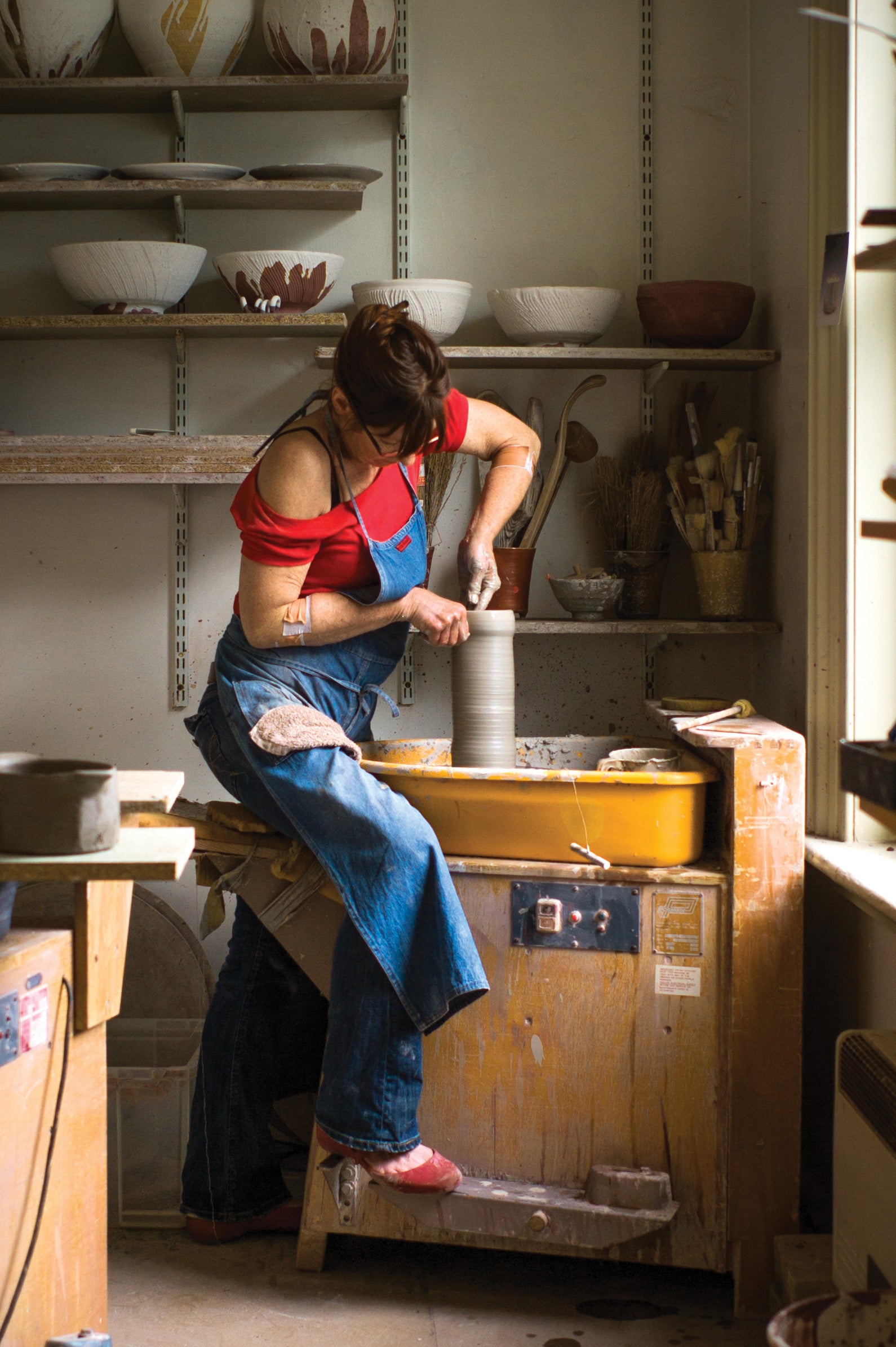
-
 Goldmark is delighted to be a member of the International Fine Print Dealers Association, the Fine Art Trade Guild and the Confederation Internationale de Negociants en Oeuvres d'Art.READ MORE
Goldmark is delighted to be a member of the International Fine Print Dealers Association, the Fine Art Trade Guild and the Confederation Internationale de Negociants en Oeuvres d'Art.READ MORE
